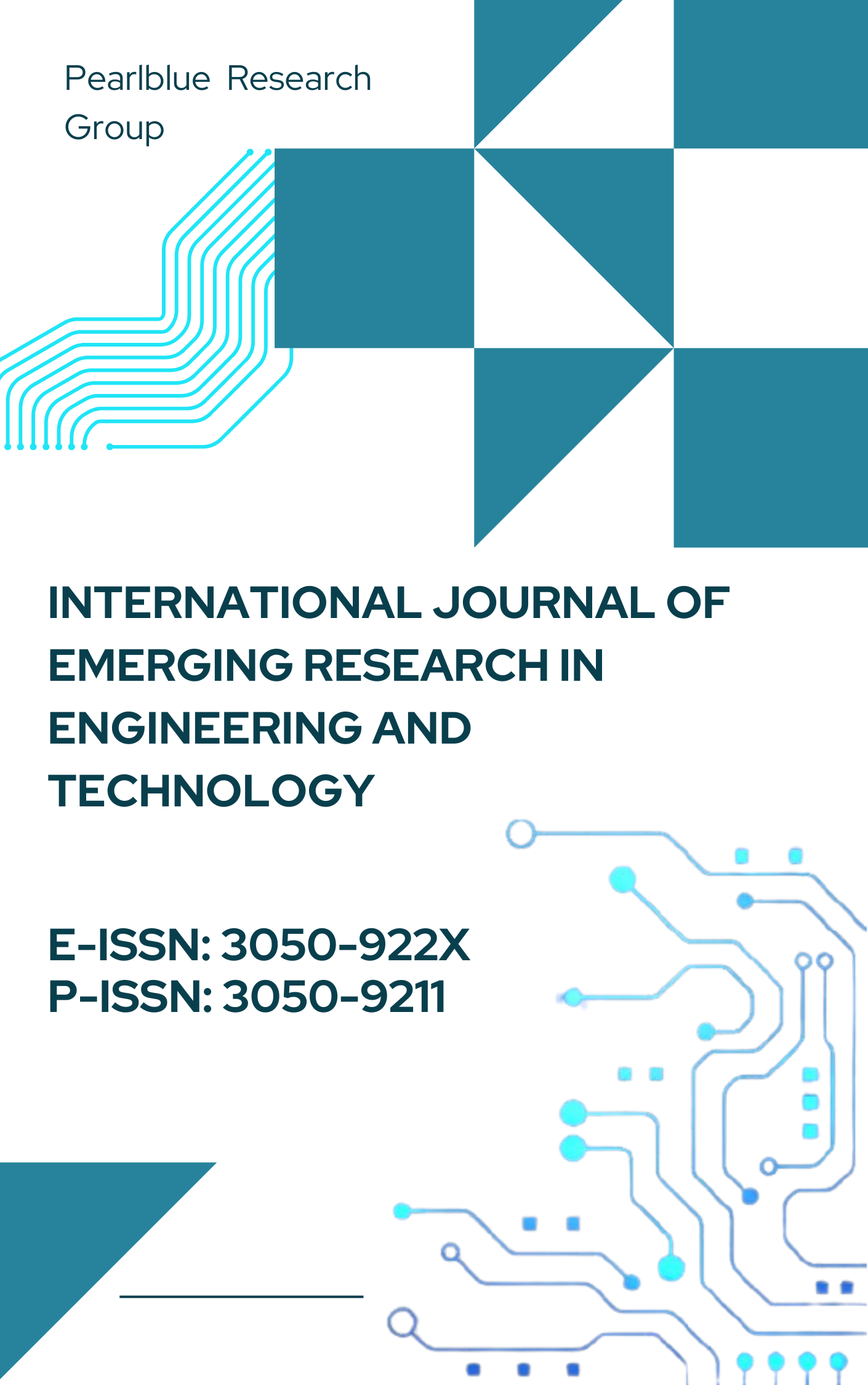Federated Learning in Collaborative Supply Chain Forecasting: A Privacy-Preserving Approach
DOI:
https://doi.org/10.63282/3050-922X.IJERET-V1I1P106Keywords:
Federated Learning, Supply Chain Forecasting, Privacy-Preserving, Collaborative Learning, Demand PredictionsAbstract
Various stakeholders need to join forces in the modern supply chain to help forecast better, control inventory more efficiently, and save money. Still, the transfer of sensitive data by companies can cause serious privacy and security issues. Because of FL, multiple sites can work together to train a model while still keeping their raw data secured. This article provides a detailed analysis of using federated learning in collaborative supply chain forecasting, underlining its confidentiality features. We focus on how federated learning and supply chain forecasting took shape before 2019, explain some important architecture, and present a framework designed for the supply chain industry. The use of FL on marked datasets has proven that it maintains privacy and still performs accurately. The goal of this paper is to explain how federated learning can help improve teamwork and protect private information for those working in the supply chain
References
[1] Makridakis, S., Wheelwright, S. C., & Hyndman, R. J. (2008). Forecasting methods and applications. John wiley & sons.
[2] Armstrong, J. S. (Ed.). (2001). Principles of forecasting: a handbook for researchers and practitioners (Vol. 30). Springer Science & Business Media.
[3] Kourentzes, N., & Petropoulos, F. (2016). Forecasting with multivariate temporal aggregation: The case of promotional modelling. International Journal of Production Economics, 181, 145-153.
[4] Fisher, M., & Raman, A. (1996). Reducing the cost of demand uncertainty through an accurate response to early sales. Operations research, 44(1), 87-99.
[5] McMahan, B., Moore, E., Ramage, D., Hampson, S., & Arcas, B. A. (2017, April). Communication-efficient learning of deep networks from decentralized data. In Artificial Intelligence and Statistics (pp. 1273-1282). PMLR.
[6] Dwork, C. (2006, July). Differential privacy. In International Colloquium on Automata, Languages, and Programming (pp. 1-12). Berlin, Heidelberg: Springer Berlin Heidelberg.
[7] Bonawitz, K., Ivanov, V., Kreuter, B., Marcedone, A., McMahan, H. B., Patel, S., ... & Seth, K. (2017, October). Practical secure aggregation for privacy-preserving machine learning. In proceedings of the 2017 ACM SIGSAC Conference on Computer and Communications Security (pp. 1175-1191).
[8] Gentry, C. (2009). A fully homomorphic encryption scheme. Stanford University.
[9] Yao, A. C. (1982, November). Protocols for secure computations. In 23rd annual symposium on foundations of computer science (SFCS 1982) (pp. 160-164). IEEE.
[10] Sheller, M. J., Reina, G. A., Edwards, B., Martin, J., & Bakas, S. (2019). Multi-institutional deep learning modeling without sharing patient data: A feasibility study on brain tumor segmentation. In Brain Lesions: Glioma, Multiple Sclerosis, Stroke and Traumatic Brain Injuries: 4th International Workshop, BrainLes 2018, Held in Conjunction with MICCAI 2018, Granada, Spain, September 16, 2018, Revised Selected Papers, Part I 4 (pp. 92-104). Springer International Publishing.
[11] Yang, Q., Liu, Y., Chen, T., & Tong, Y. (2019). Federated machine learning: Concept and applications. ACM Transactions on Intelligent Systems and Technology (TIST), 10(2), 1-19.
[12] Ozturk, A., & Polat, H. (2015). From existing trends to future trends in privacy‐preserving collaborative filtering. Wiley Interdisciplinary Reviews: Data Mining and Knowledge Discovery, 5(6), 276-291.
[13] Xie, C. H., Zhong, W. J., Zhang, Y. L., & He, Q. Z. (2007, November). Privacy preserving collaborative forecasting based on dynamic exponential smoothing. In 2007 IEEE International Conference on Grey Systems and Intelligent Services (pp. 730-734). IEEE.
[14] Taigel, F., Tueno, A. K., & Pibernik, R. (2018). Privacy-preserving condition-based forecasting using machine learning. Journal of Business Economics, 88, 563-592.
[15] Shokri, R., & Shmatikov, V. (2015, October). Privacy-preserving deep learning. In Proceedings of the 22nd ACM SIGSAC conference on computer and communications security (pp. 1310-1321).
[16] Hesamifard, E., Takabi, H., Ghasemi, M., & Wright, R. N. (2018). Privacy-preserving machine learning as a service. Proceedings on Privacy Enhancing Technologies.
[17] Xu, K., Yue, H., Guo, L., Guo, Y., & Fang, Y. (2015, June). Privacy-preserving machine learning algorithms for big data systems. In 2015 IEEE 35th International Conference on Distributed Computing Systems (pp. 318-327). IEEE.
[18] Egan, S., Fedorko, W., Lister, A., Pearkes, J., & Gay, C. (2017). Long Short-Term Memory (LSTM) networks with jet constituents for boosted top tagging at the LHC. arXiv preprint arXiv:1711.09059.
[19] Colin, M., Galindo, R., & Hernández, O. (2015). Information and communication technology is a key strategy for efficient supply chain management in manufacturing SMEs. Procedia Computer Science, 55, 833-842.
[20] Dehgani, R., & Jafari Navimipour, N. (2019). The impact of information technology and communication systems on the agility of supply chain management systems. Kybernetes, 48(10), 2217-2236.



